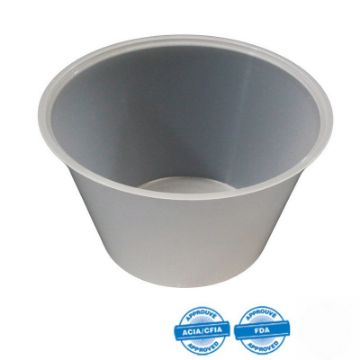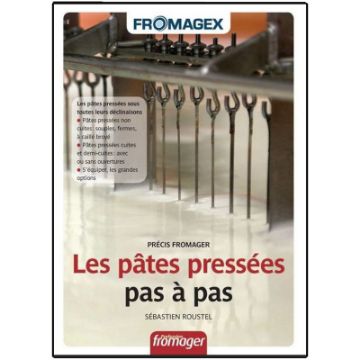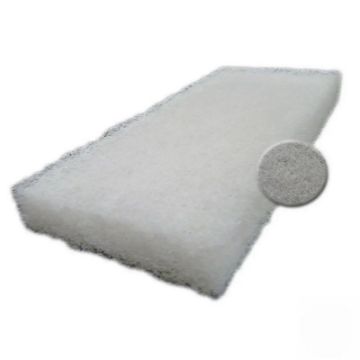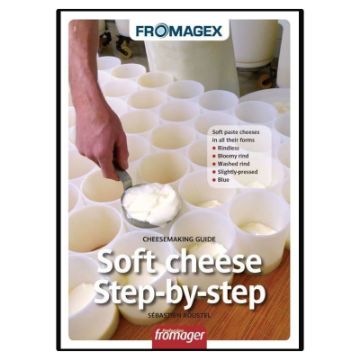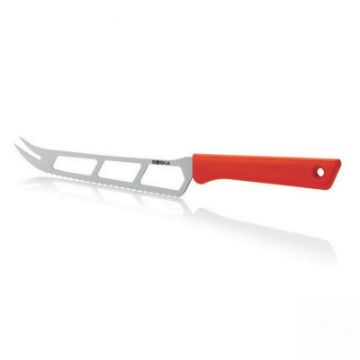Products tagged with ''
Les pâtes pressées pas à pas
This practical guide offers, in very concrete terms, recipes for a dozen iconic cheeses from this large family:
Tomme grise, Trappist, Raclette, Cheddar, Gruyère style…Cheesemaking technologist and instructor by profession, equally expert in the artisanal and industrial arenas, the author describes the precise steps to follow for each style, with adaptations and options throughout the process, including how to resolve occasional problems, while also including different configurations possible for equipment and tools.
Author:
Sébastien Roustel is a cheese technology expert at CHR-Hansen.
Prior to this he directed the research and development service at the Enilbio at Poligny.
He also wrote the guide “Soft Paste Cheese, Step-by-Step”, published in this same collection.
Soft cheese step-by-step
They often learn ‘on the job’.
This guide offers, in a precise, detailed, and accessible manner, step-by-step instructions for the main types of cheese that fall within this category.
Cheese technologist and educator with expertise in both the artisanal and industrial sectors, the author offers his understanding of the principles and his practical knowledge to the reader, taking care to offer detailed information about equipment, tools, and other requirements for successful cheesemaking.
He also lays out, step-by-step, optional adaptations to the cheesemaking process.
Author:
Sébastien Roustel is a cheesemaking technologist.
All-purpose knife red handle 140 mm
HACCP rules state that each type of cheese should be cut with a separate knife.
That is why Boska has developed 3 types of cheese knives with colored handles, in order to avoid cross-contamination.
Complicated?
Of course not:
red is for red bacteria cheeses, white is for white moldy cheeses, and blue is for blue cheese.
Boska also supplies cutting boards in matching colors for each type of cheese.
All-purpose knife The jack-of-all-trades of Boska’s knives.
Thanks to the 3 holes in the blade, cheese does not stick.
The serrated blade is very sharp and even cuts through packaging.






